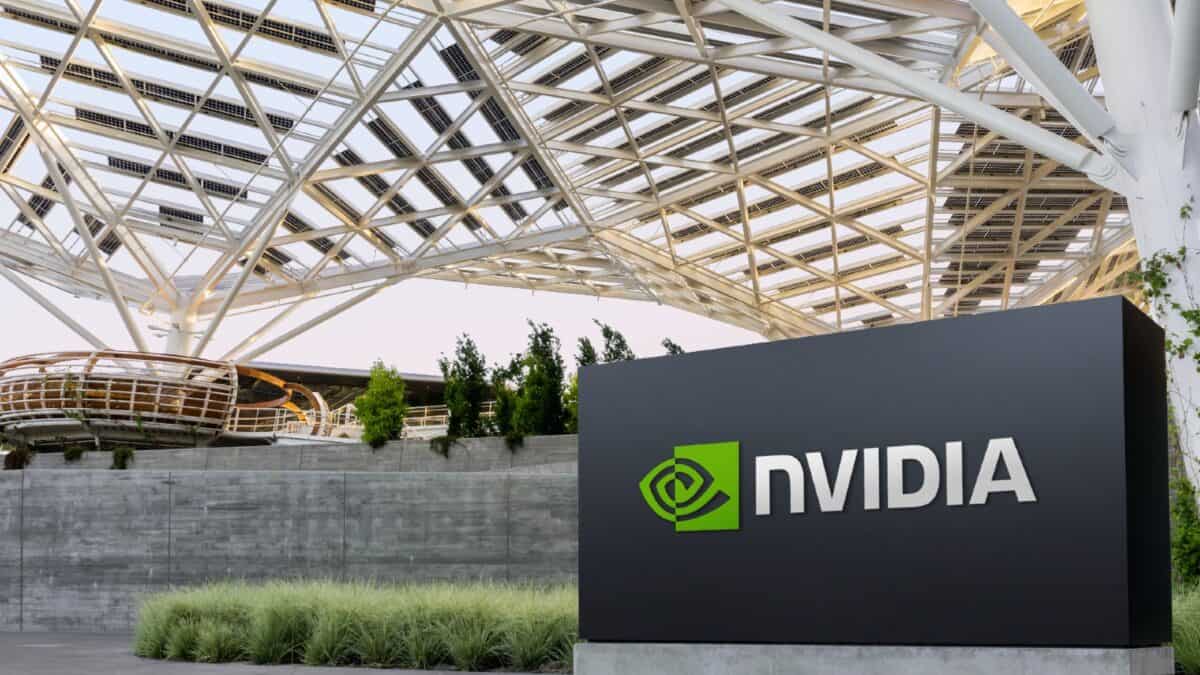The Nvidia (NASDAQ:NVDA) share price fell 9.5% on Tuesday (3 September) as US stocks sold off across the board. As a result, it’s ‘only’ up 124% since the start of the year.
By any reasonable standards, that’s a lot. But with the company growing revenues at 122% per year and its earnings per share at 154%, could the latest dip be a buying opportunity?
Should you invest £1,000 in Barclays right now?
When investing expert Mark Rogers has a stock tip, it can pay to listen. After all, the flagship Motley Fool Share Advisor newsletter he has run for nearly a decade has provided thousands of paying members with top stock recommendations from the UK and US markets. And right now, Mark thinks there are 6 standout stocks that investors should consider buying. Want to see if Barclays made the list?
Why is the stock falling?
The obvious first question for investors to ask themselves is whether Nvidia is 9.5% worse as a business than it was before the decline. I don’t think it is.
Weak economic data caused US shares to fall. For the second month in a row, the Purchasing Manager’s Index (PMI) indicated a contraction in manufacturing.
Nvidia – and semiconductor stocks in general – were hit hardest. Expectations in the industry have been high and weak economic activity is a threat to this.
Is this a big problem? I doubt it – the PMI data indicates the sector has been in contraction for 21 of the last 22 months and Nvidia’s growth has been nothing short of spectacular.
I suspect Nvidia is more resilient than most US businesses. Its customers have deep pockets and it’s seen as the only way to participate in the artificial intelligence (AI) revolution.
I therefore don’t think the company is 9.5% worse than it was a couple of days ago. But if the stock was significantly overpriced then, it might still be that way now.
Is it undervalued?
The next question for investors is the big one – are Nvidia shares now undervalued after their latest drop? This is a much tougher issue, in my view.
I think a lot depends on the company’s competitive position. And I have two big questions here that are difficult to answer.
Nvidia’s GPUs are needed for training (setting up) large language models (LLMs). But it’s less clear to me that they’ll be needed for inferencing (making predictions) once LLMs are set up.
I’ve seen it suggested that CPUs (which are cheaper and produced by companies like Intel) might be sufficient for this. If that’s true, the extreme demand for GPUs could fall away.
The other big question is how long the company can maintain its edge in accelerated computing. Things look positive in the short term, but it’s a little less clear further ahead.
With the launch of Blackwell, Nvidia looks to have successfully maintained its lead for now. But the pace of innovation in this industry is rapid and that makes the future uncertain.
Is this my buying opportunity?
I don’t think metrics like price-to-earnings (P/E) ratios are much use in valuing Nvidia shares right now. The stock has been trading at a high multiple for some time.
The strong performance from the underlying business, however, has been enough to drive the price higher. So the question is: how long can this last?
I find this one a bit too difficult to assess with much confidence. The issues here are technical and complicated and without these competences, there’s a lot of risk for investors.
I’ve stayed away from Nvidia so far and it’s outperformed anything in my portfolio – too bad for me. But it’s important to stick to things I know better, so I’m going to keep watching.








